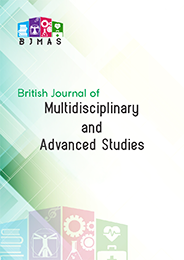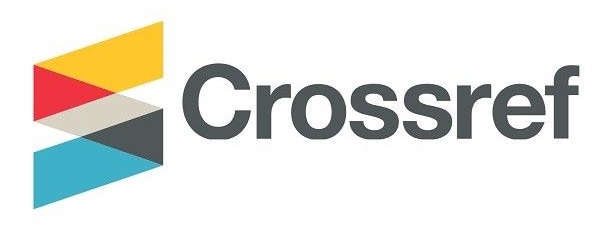“We Mix Languages When Teaching Literacy but They Told Us to Use the Official Language for Instruction”: In-service Teachers’ Narratives of Language Practices and Policy in Multilingual Reading Classes of Choma District of Zambia
DOI:
https://doi.org/10.37745/bjmas.2022.0352Abstract
This study analysed classroom language practices in multilingual primary schools of Choma district of Zambia and was informed by the three-language orientation theory (Ruiz, 1984). The adopted the qualitative mode of inquiry and used the descriptive research design. The study sought to address three objectives: (i). To establish the views of teachers on classroom language practices in selected multilingual primary schools of Choma district. (ii). To analyse classroom language practices by learners and teachers in selected multilingual primary schools of Choma District. (iii). To ascertain the prospects of translanguaging in multilingual classrooms of selected primary schools of Choma district. The sample size was 852 participants comprising, 16 teachers who were teaching grade 1 and 2 classes in the lower primary section and 836 pupils from four lower primary classes. Thematic analysis was used to analyze the data that were gathered through interviews and observations of classroom lessons. The findings revealed that teachers used translanguaging to promote linguistic inclusivity and diversity. Additionally, the study showed that most grades 1 and 2 classes of Choma district were multilingual in the sense that both teachers and learners were able to speak more than one language. Furthermore, the study found that teachers encountered communication difficulties when instructing learners from various linguistic backgrounds in Tonga because learners found it difficult to understand the language of instruction (Tonga) consistently especially first graders. As a result, some teachers had to switch from Tonga to other languages spoken by learners in class to foster their understanding. The study also established that translanguaging was a promising strategy for teaching diverse learners in multilingual classes of Choma district as it improved learners’ participation, cognition and aided the connection of what they were doing in class to their language of play and home language. The study recommended that grades teachers of Choma district needed orientation on how to use translanguaging and code switching in culturally and linguistically diverse classes. In addition, the study recommended that policy makers such as the Directorate of Curriculum Development (DCD) and Ministry of Education should reconsider the use of monolingual practices in primary schools and adopt translanguaging practices for teacher training institutions to reinforce the component in their curricular.
Downloads
Downloads
Published
Versions
- 25-11-2023 (2)
- 25-11-2023 (1)












